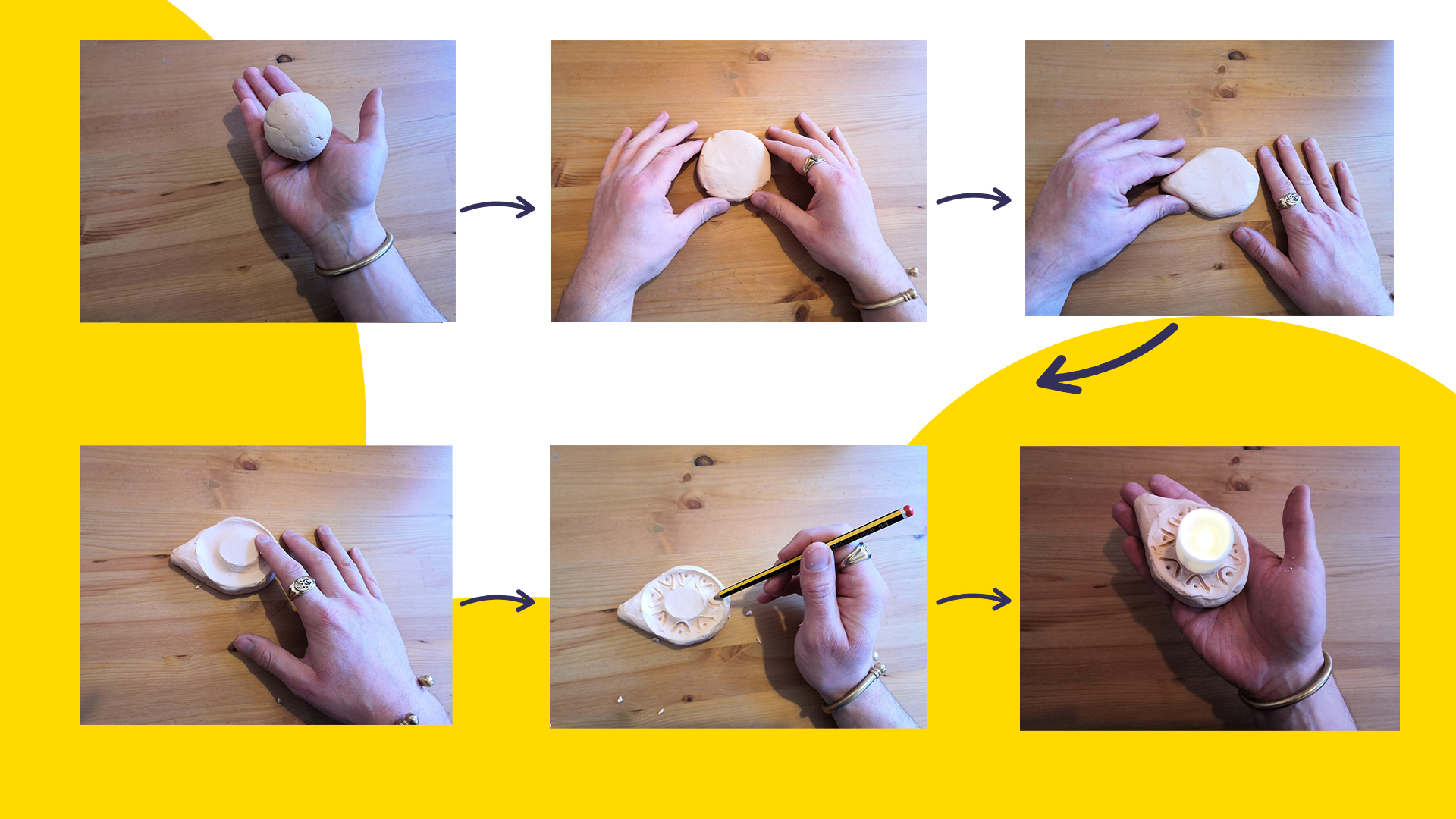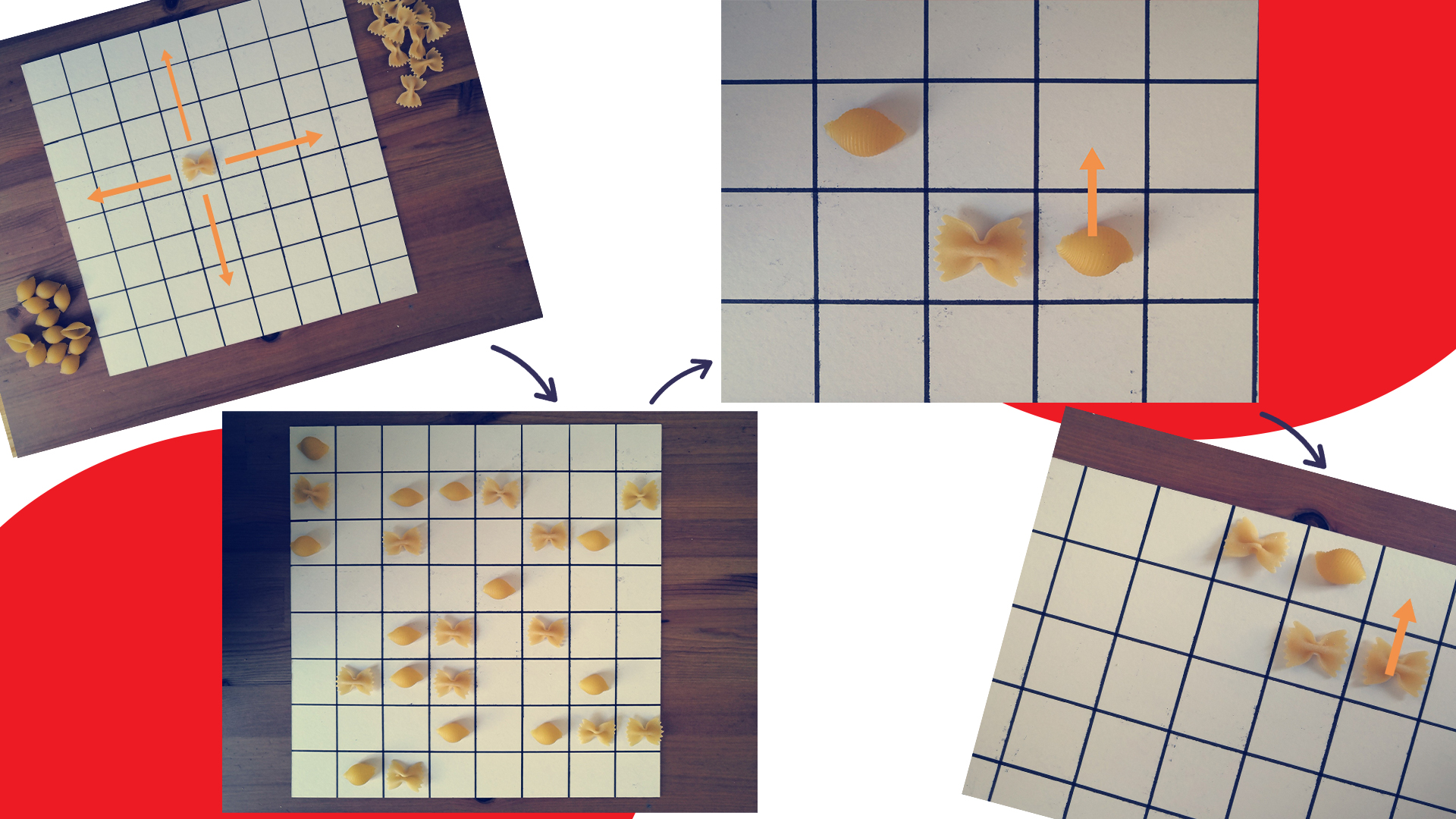Lunt Roman Fort
Visit www.luntromanfort.org to find out more about this unique and historic site. Follow the Lunt on Twitter or Facebook for Roman facts & fun!
Throwable Javelin
Some early Roman warriors, called Velites, went to battle without much equipment at all – wearing just a tunic and animal skin, and armed with short javelins to throw at their enemies! Try your hand at making your own throwable javelin!

Resources required:
- Sheet of coloured A4 paper
- Straw
- Sheet of Card
- Sticky Tape
- Scissors
Instructions:
- Take a sheet of coloured A4 paper, lay it landscape-way around (with the long edge running left to right), then fold it in half.
- Fold it in half again, then open it out once, back to how it was in the previous step.
- Fold the two top corners to the centre.
- Fold the two top corners again.
- Turn the paper around, and fold the two bottom corners to the centre – make sure that you leave a gap 1cm wide at the edge.
- Turn the paper around again, and fold the two halves to the centre again. Fix the two halves together with sticky tape.
- Trim a sheet of card to roughly 5cm by 8cm, then snip a frill along the widest edge.
- Wrap the card frill tightly around a straw, roughly 10cm from the top.
- Carefully push the straw into the small opening in the spear head, making sure that the straw is pushed all the way to the tip, but the frill stays sticking out.
- Secure the frill to the spear head with small tabs of sticky tape. Your javelin is now finished!
Roman Lamp
Brighten up your room by making your very own Roman lamp!

Resources required:
Instructions:
- Roll a lump of clay into a ball.
- Flatten it against a flat surface, so it’s roughly burger shaped.
- Pinch one end, to create a handle.
- Using your finger, gently trace a circle over the top of the clay, until you’ve created a lip.
- Use a pencil or sculpting tool to create a pattern. We’ve kept it simple, but you can be as ambitious as you like, some Roman lamps had beautiful depictions of Gods or Goddesses on them!
- When you’ve finished, complete the lamp with an LED tea light – or, if you don’t have one, you could use the lamp as a handy trinket dish!
Roman Board Game
Stuck inside? Why not while away the hours with a Roman board game? One of the most popular was called Ludus Latrunculorum (‘the game of little bandits’), and can easily be played with a modern Draughts board.

The bandits (game pieces) move like Rooks do in Chess – forwards, backwards, left and right, any number of spaces. They can’t move diagonally, or jump over other pieces.
Decide how many pieces you want to play with (8 for a short game, up to 12 for a longer one), then each player takes it in turn to position two of their pieces on the board. When all of the pieces are set up, the game begins!
The aim of the game is to capture your opponent’s pieces. This is done by surrounding their piece on two sides – this represents the bandits ambushing a lone traveller on the road! The bandits can’t capture a piece diagonally, and if the opponent moves their piece between two of yours, then it is safe – the traveller has seen the ambush!
You can also use the edges and corners of the board to help capture a piece. If you can prevent your opponent from moving their piece by surrounding it on all sides, it is captured! The game continues until one player is reduced to a single piece.
Good luck, and may Fortuna smile upon you!